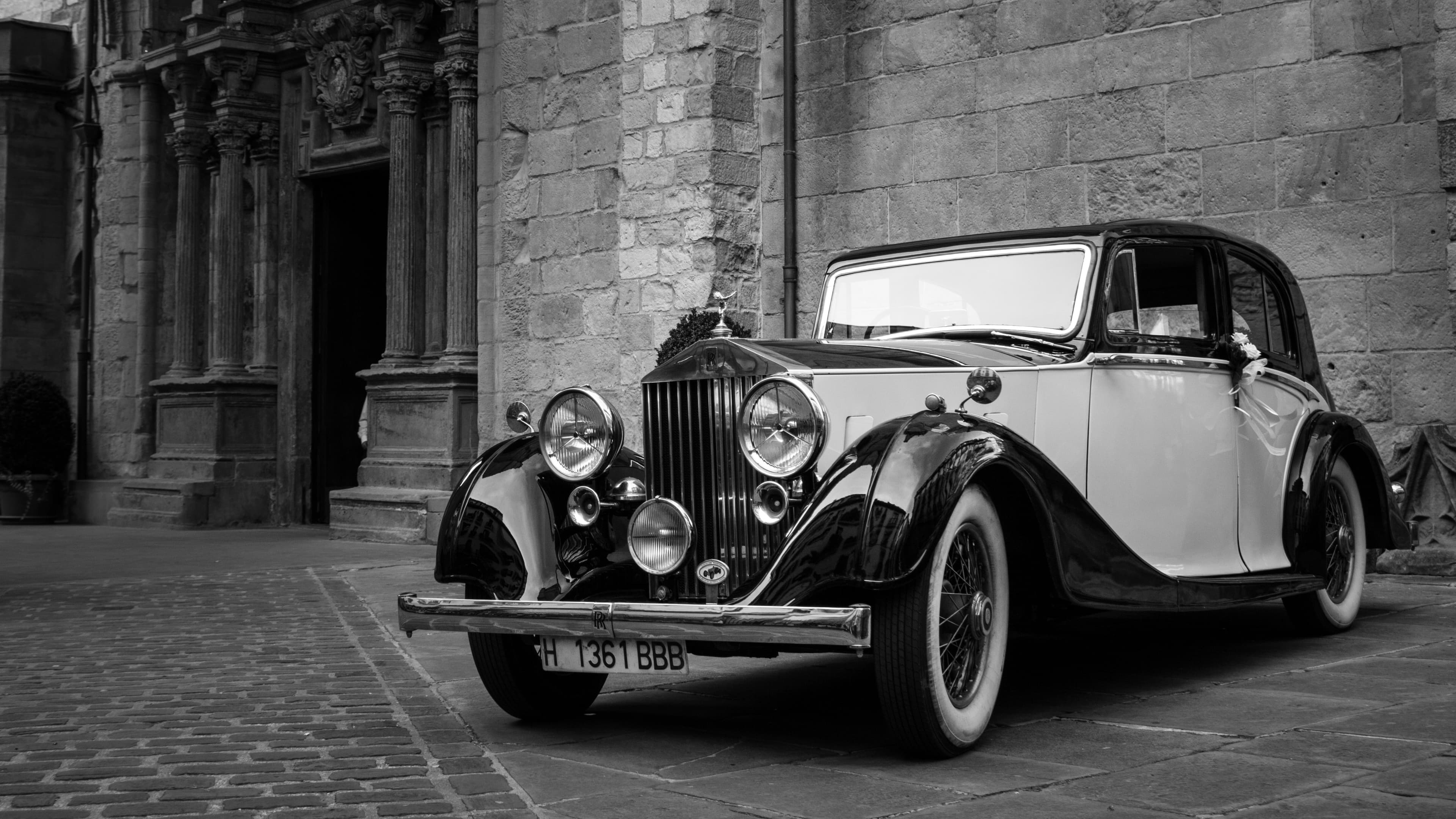Restoring Vintage Interiors: Bringing Classic Cars Back to Glory
Restoring the interior of a vintage car is both an art and a science. It requires a keen eye for detail, patience, and a deep appreciation for automotive history. Whether you're a seasoned restorer or a hobbyist looking to bring a classic back to its former glory, this guide provides comprehensive steps and expert advice to help you achieve the best results.
Understanding the Basics of Vintage Interior Restoration
Before diving into the restoration process, it's crucial to understand what makes vintage cars special:
- Historical Value: Vintage cars are pieces of automotive history, each with its own story.
- Craftsmanship: Older cars often feature handcrafted interiors, using materials that might not be commonly available today.
- Complexity: Depending on the age and model, some interiors can be more intricate and require specialized knowledge.
Step-by-Step Guide to Restoring Vintage Car Interiors
Step 1: Assessment and Planning
- Inspect the Interior: Carefully examine all aspects of the interior to assess the extent of wear or damage.
- Document Everything: Take detailed photos and notes. This will help in keeping the restoration accurate and can also serve as a reference.
- Set a Budget: Based on the assessment, outline a budget for the restoration project.
Step 2: Choosing the Right Materials
- Research Original Materials: Use resources like old car manuals, forums, or connect with experts on Mavyn to understand what materials were originally used.
- Source Authentic Materials: Look for suppliers that specialize in vintage car restoration materials.
- Consider Modern Alternatives: In some cases, modern materials that mimic the old can be used for better durability and ease of maintenance.
Step 3: Cleaning and Preparing
- Remove Components: Carefully dismantle the interior components. Keep all fasteners and trim pieces organized.
- Clean Thoroughly: Use appropriate cleaning solutions to remove years of dirt and grime without damaging the materials.
- Repair What’s Fixable: Mend any minor issues like small tears or loose threads to retain as much of the original material as possible.
Step 4: Repairing or Replacing Interior Elements
- Upholstery Work: Whether you’re reupholstering seats or door panels, ensure you match the original color and pattern.
- Flooring: Replace old carpeting or floor mats that cannot be effectively cleaned or repaired.
- Dashboard and Panels: Repair or refinish wood and metal panels, keeping originality in mind.
Step 5: Reassembly and Detailing
- Careful Reassembly: Follow your documentation to put everything back together correctly.
- Detailing: Pay attention to small details like the stitching and the placement of logos or emblems.
- Final Inspection: Go over everything once more to ensure that all elements are securely installed and function as they should.
Tips for Successful Vintage Car Interior Restoration
- Patience is Key: Some parts might take longer to find or restore, so patience is crucial.
- Use Resources Wisely: Leverage platforms like Mavyn where you can chat with AI or connect with human experts for advice tailored to your specific model and year.
- Quality Over Speed: Focus on the quality of the restoration rather than rushing to complete it.
Restoring a vintage car's interior is not just about returning it to a functional state; it's about preserving a piece of history. With the right approach and resources, you can ensure that your classic car not only looks spectacular but also respects its original era.
For more detailed guidance or specific questions, remember that Mavyn offers both AI and human expert help services. Whether you need quick advice from Mavyn GPT or in-depth guidance from a human expert, we're here to assist you in bringing your vintage car back to its former glory.
